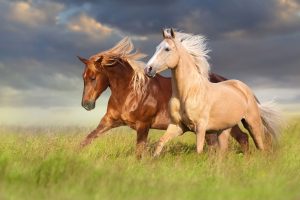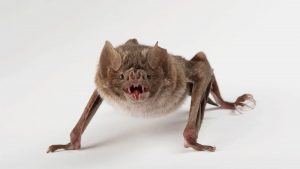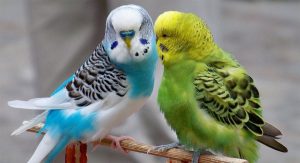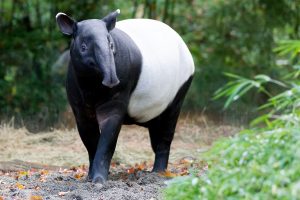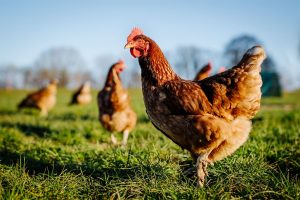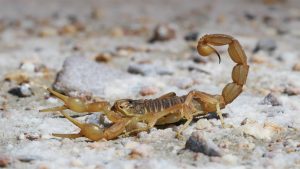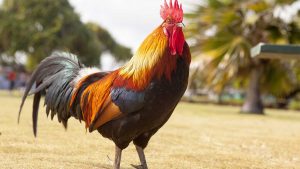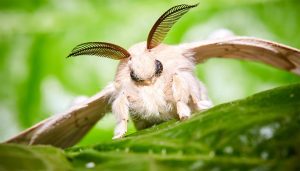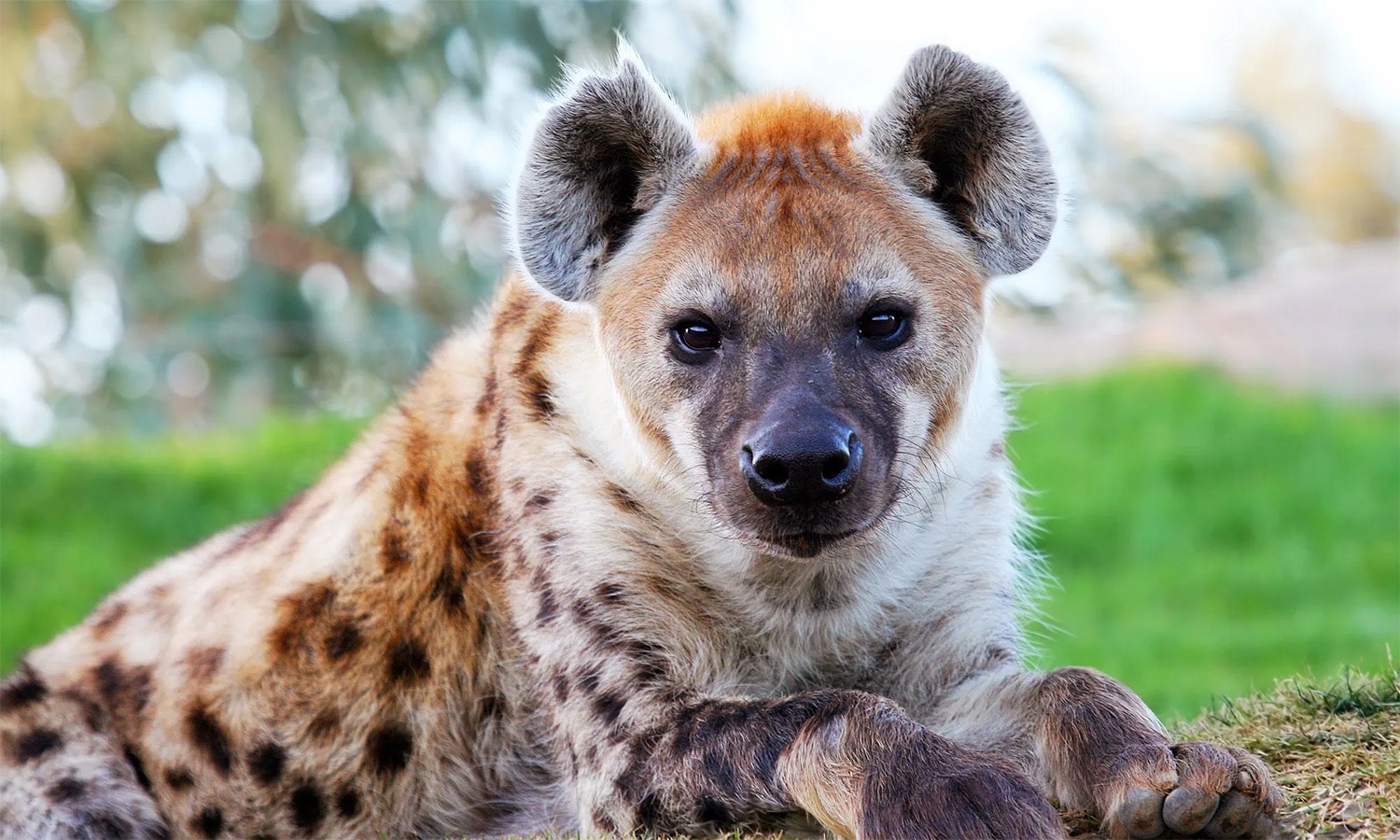
35 interesting facts about hyenas
- 👁️ 1483
Hyenas are often misunderstood creatures, commonly depicted as cowardly scavengers in popular media. However, these fascinating animals have a complex social structure, remarkable intelligence, and play a crucial role in their ecosystem as both predators and scavengers. Hyenas are members of the family Hyaenidae, which consists of four distinct species: the spotted, brown, striped, and the less known aardwolf hyena. With their powerful jaws, keen senses, and adaptability, hyenas have thrived in various habitats across Africa and parts of Asia. Here are 35 interesting and informative facts about hyenas that highlight their unique characteristics and behaviors.
- Hyenas are not related to dogs or wolves; they are closer to felines and are part of the suborder Feliformia.
- The spotted hyena, also known as the laughing hyena, is the most social of the species, living in large groups called clans.
- Spotted hyenas have one of the most powerful bites in the animal kingdom, capable of crushing bones to access the marrow inside.
- Female spotted hyenas are larger and more dominant than males, a rare trait among mammals.
- The social structure of a hyena clan is complex and matriarchal, with a strict hierarchy.
- Female spotted hyenas have a pseudo-penis, which is actually an elongated clitoris. They give birth, mate, and urinate through this organ.
- Hyenas communicate through an array of sounds, including whoops, grunts, and giggles, which can convey different messages.
- The “laugh” of a spotted hyena is actually a sign of frustration or submission.
- Hyenas’ digestive systems can process parts of prey that are indigestible to many other animals, including bones, hooves, and horns.
- Aardwolves, a species of hyena, primarily feed on termites and insects, rather than large prey.
- Unlike other hyena species, aardwolves have a mane that can be erected to make themselves look bigger when threatened.
- Striped and brown hyenas are more solitary than their spotted cousins and have less complex social structures.
- Hyenas can run at speeds of up to 60 km/h (37 mph) when chasing prey.
- They have excellent night vision, which aids them in hunting under the cover of darkness.
- Despite their scavenger reputation, hyenas are skilled hunters and often hunt their food.
- In some African cultures, hyenas are associated with witchcraft and are believed to bear magical powers.
- The gestation period for a spotted hyena is about 110 days, one of the longest among carnivores.
- Hyena cubs are born with their eyes open and teeth fully erupted, ready to compete with siblings.
- Siblicide, where one cub kills its sibling, is common in spotted hyena dens due to intense competition.
- Hyenas have been observed using tools, such as sticks, to extract food from tight spaces.
- The lifespan of a hyena in the wild is about 12 years, but they can live up to 25 years in captivity.
- Hyenas can digest almost all parts of their prey, leaving very little waste.
- They play a crucial role in their ecosystem by controlling populations of herbivores and other predators.
- The heart of a hyena makes up about 1% of its body weight, larger in proportion than other predators.
- Hyenas have been known to practice infanticide, killing cubs that are not their own to bring the female back into estrus.
- The four toes on a hyena’s paw leave a distinct footprint, making it easy to track their movements.
- Hyenas mark their territory with a strong-smelling secretion from their anal glands.
- The collective noun for a group of hyenas is a “cackle.”
- Hyenas’ ears can move independently, helping them locate sounds with precision.
- Ancient Egyptians domesticated and kept hyenas for disposing of animal carcasses and even as pets.
- Fossil records indicate that ancient hyenas were once native to Europe and North America.
- Hyenas have been depicted in rock paintings dating back to the Paleolithic age.
- The immune system of a hyena is incredibly robust, allowing it to eat decayed meat without getting sick.
- Conservation efforts for hyenas focus on habitat protection and reducing human-wildlife conflict.
- Despite their importance to the ecosystem, hyenas are often vilified and are among the least studied African carnivores.
Hyenas are remarkable creatures that defy the common misconceptions surrounding them. With their unique social dynamics, adaptability, and ecological role, hyenas are a vital part of the natural world. Their intelligence, strength, and complex behaviors make them fascinating subjects for study and conservation. As we learn more about hyenas, it becomes clear that these animals deserve our respect and understanding. The continued study and conservation of hyenas not only help protect these misunderstood creatures but also preserve the balance of their ecosystems. By dispelling myths and highlighting their intriguing qualities, we can foster a greater appreciation for hyenas and their place in the wild. As such, hyenas stand as a testament to the diversity and complexity of life on Earth, reminding us of the importance of every species in maintaining the health and stability of our planet’s ecosystems.

